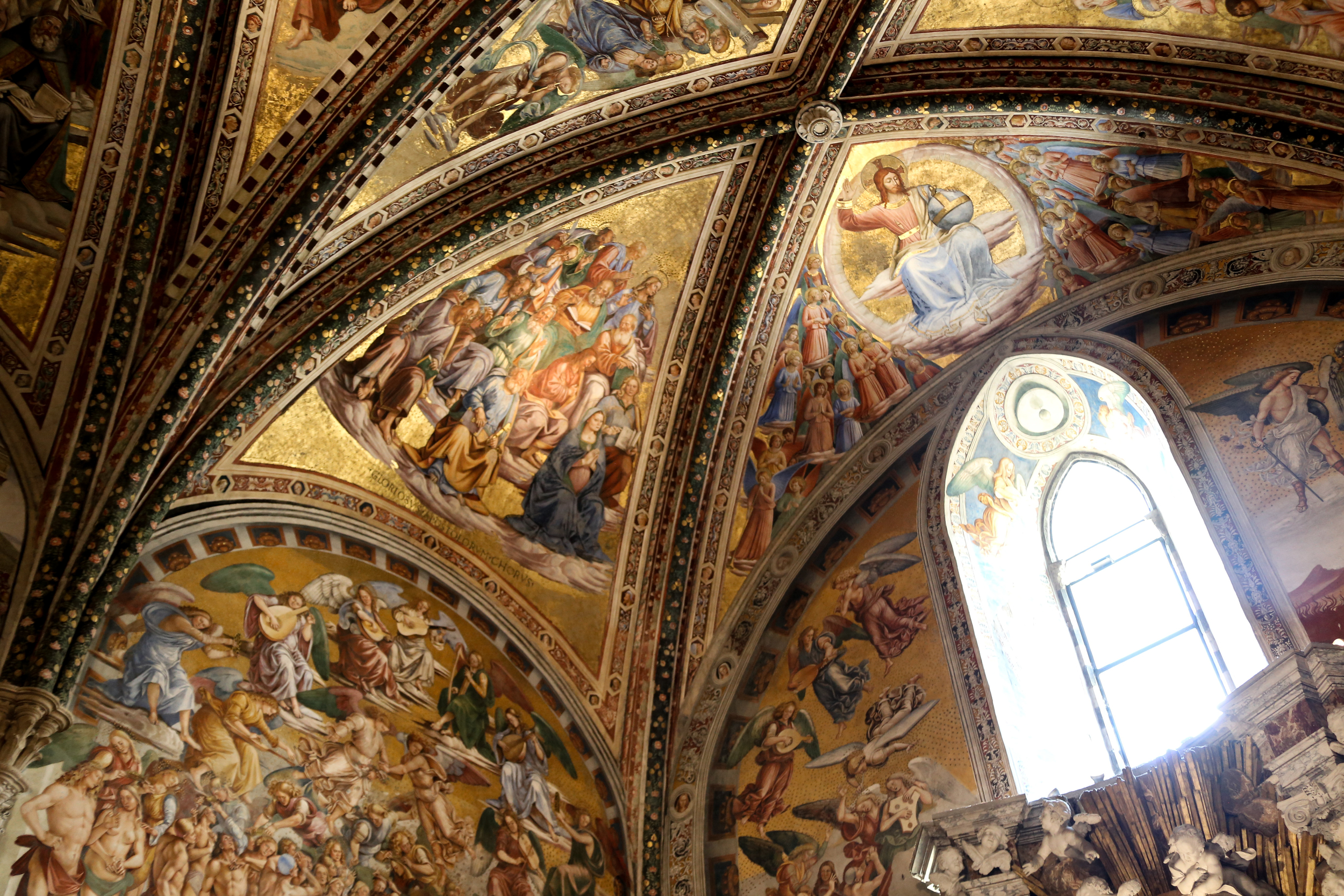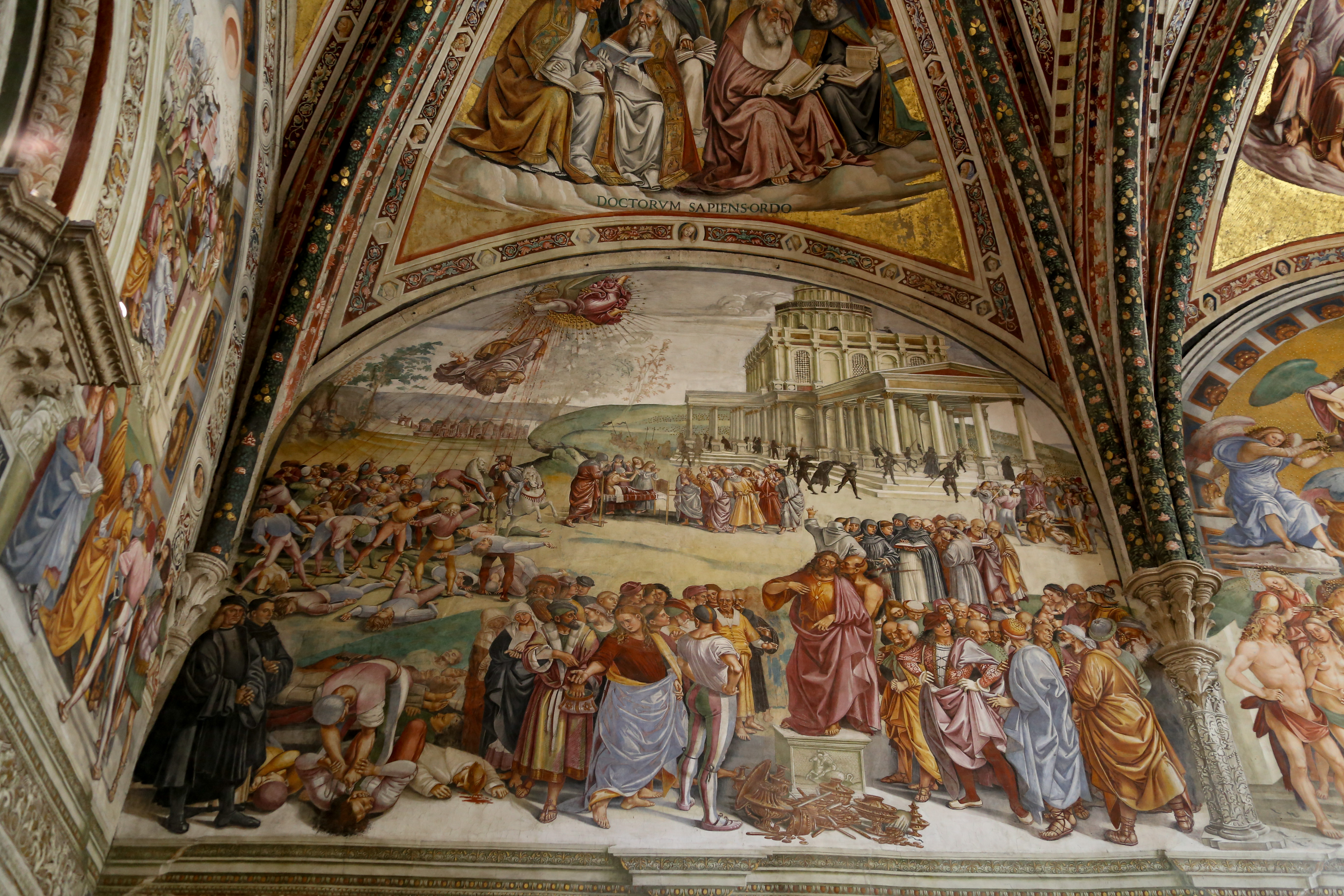Every year at Christmas time my family looks forward to watching the “Service of Lessons and Carols” televised from King’s College in Cambridge, England. The singing is exhilarating, and so is the beautiful reading of the passages from Scripture that foretell and narrate the birth of Jesus. The readers’ rhythms and enunciation and subtle accenting of the words make the passages come alive, as though the good news of Jesus’s birth were being proclaimed for the first time, right now.
Read aloud
In most of our churches, the Scriptures are read in church on Sunday, perhaps as the texts for the pastor’s chosen sermon topic. And maybe in our group Bible studies we read the whole passage aloud, but probably not caring too much about our elocution. That is, we depend on everyone’s ability to read silently from the Bibles in their laps—or from Bible apps on their phones—rather than listening with all ears to a single reader. (Imagine by contrast the experience of one of the churches founded by Paul when they gathered to read a precious new letter from the apostle, addressed personally to their community.)
Unlike the early church, and unlike even believers a short century ago, we have a proliferation of translations (not a bad thing!) but we no longer have a church-wide shared text that shapes the collective memory and language of a community. In fact, fewer and fewer of us are comfortable reading aloud to a company of people, and many people don’t memorize Scripture because any passage is a click away on the smartphone.
Perhaps it is time that we focus again on the community engagement of Scripture, declaiming passages out loud and with practiced care to a listening and undistracted gathering. After all, three-quarters of the 2,000 years of the church’s history occurred before the printing press! Believers received the Scriptures as a spoken and proclaimed Word; they learned by listening carefully. If we look back at the ways the church has engaged with Scripture through the centuries, we can learn how to deepen our own personal and community engagement with Scripture.
Mark time’s passing with Scripture
Within a few centuries of its birth the church realized the importance of embedding the biblical story into its members’ lives. They wanted to absorb Scripture so deeply that they relived collectively the story of salvation and the life of Christ. They celebrated together an annual calendar of holy days, with readings from Scripture relevant for each season of the year. These readings—the “Lectionary”—were organized in a coordinated sequence: first, a passage from the Old Testament, then a Psalm, then a reading from one of the New Testament letters, and finally a reading from one of the Gospels. They were designed to highlight common themes, or to remind us of prophetic passages in the Old Testament fulfilled in Christ. This helped the gathered congregation experience the seamless fabric of God’s Word in Scripture.
Many traditions within the church still follow the Lectionary and the church’s calendar. In fact, the weekly Lectio Divina resource provided on American Bible Society’s website follows the church year.
Today we can pick up our Bibles at any time and turn to any passage we might want to read—a great gift of the printing press and the internet! But for most of Christian history, people associated passages of Scripture with the Sunday or “season” in which they were read. This annual living-out of Scripture’s story helped the entire community remember it together.
Even if we’re a part of a tradition that doesn’t typically include these practices, engaging with certain Scriptures at certain times—in a repeated cycle each year—can help us to understand time from God’s perspective, and not as being merely about our own individual lives. The church year concludes with the holiday (or feast day) of Christ the King, reminding us that the resurrected and ascended Christ, now enthroned in heaven, will return in the fulness of time, in power and glory, to judge righteously the living and the dead.
The cycle of the annual rehearsal of the life of Christ then begins again the following Sunday, the first of four Sundays in the season of Advent leading to the First Coming of Christ as a baby in a manger. Whether or not your church community celebrates Advent (perhaps with Advent wreaths), most of us, as soon as Thanksgiving is over, begin to orient ourselves towards Christmas. December is marked by Christmas concerts and pageants and tree-trimming parties.
But from the early church to the church today, the emphasis of Advent is not only on Christ’s First Coming but on his Second Coming. The emphasis of the season is: Get Ready! For you do not know the day and time when Christ will appear in power and glory to separate the sheep (those who have put their trust in him) from the goats (those who have rejected him) (see Matthew 25:31-46).
The readings for the First Sunday of Advent (December 1, this year, the Sunday after Thanksgiving) focus our attention on Jesus’s descriptions of his return and the signs that precede it. So the beginning of the church year helps us look back to Christ’s work for us, and forward to our future with him.
Enrich your reading through the visual arts
But reading the Bible aloud and following an annual pattern aren’t the only methods we can rely on in order to experience it more deeply. Historically, the hearing of Scripture went hand-in-glove with the seeing of Scripture in works of visual art that surrounded worshippers in churches for centuries (at least until the Reformation, with its focus on sola Scriptura, the Scriptures alone).
People could remember the Bible passages they’d heard with the help of associated visual images, which would have appeared not only in churches but in public spaces, too. In fact, many of the still-famous paintings of the Italian Renaissance (the period I am familiar with from personal experience during 20 years of sojourns in Italy) are keyed precisely to the liturgical calendar of the church year.
One powerful example of such art, close to home for me, my family, and my students, is as timely in our own age of natural cataclysms and deceptive demagoguery as when it was painted 500 years ago in the cathedral of Orvieto, Italy.
There, in the so-called Chapel of San Brizio, frescoed on every square inch of the walls and ceiling, are episodes from the Bible that tie together both end and beginning of the church year. The focal point is Christ the King returning to judge the world. The scenes on the walls in the entry half of the chapel depict the very readings from the Gospels for the First Sunday of Advent (Matthew chapter 24 this year, and Mark 13 and Luke 21 in other years). The exhortation of the decoration of the whole chapel is the same as that of the season of Advent, that is, to get ready: “But about that day or hour no one knows, not even the angels in heaven, nor the Son, but only the Father. … Therefore keep watch, because you do not know on what day your Lord will come” (Matthew 24:36, 42).

(See this week’s “Lectio Divina” column on American Bible Society's website.)
On the wall above the door to the chapel are the signs of the End Times: the darkened sun and moon, earthquakes and tidal waves, fleeing people, nursing mothers (see Matthew 24). On the large arched-shaped wall is depicted the deceptive preaching of the false Messiah that Jesus warns us about: “Watch out that no one deceives you. For many will come in my name, claiming, ‘I am the Messiah,’ and will deceive many. … You will be handed over to be persecuted and put to death … At that time many will turn away from the faith and will betray and hate each other” (Matthew 24:4-10).
Though he is located off-center, the most prominent figure in the fresco is the Antichrist, preaching from a podium to a confused group of people, with a demon whispering in his ear. Viewers always note, at second glance, that both the demon and the false Christ seem to share one arm, making it look like the Antichrist is but the puppet in the hands of the Evil One.

Arranged around an empty space at the center of the painting—a sort of whirling vortex around nothing—are scenes of a false miracle by the fake Messiah, torture and execution, and a figure in the crowd offering bribes. And guess what! These scenes follow exactly the most widely circulated “commentary on Scripture” from that epoch, which was a sort of compendium for clergy, full of sermon ideas referred to as The Golden Legend, compiled by a Dominican scholar in the thirteenth century. In this book the First Sunday of Advent includes this section:
Also to precede the Last Judgment will be the false pretensions of the Antichrist. He will try to deceive all men in four ways, first by cunning argument or false explanation of the Scriptures. His aim will be to persuade people, and to destroy the law of Christ and establish his own … He will also try to deceive by working miracles: “Whose coming is according to the working of Satan, in all words and signs and lying wonders” (2 Thessalonians 2:9) … A third means of deception will be his conferring of gifts. … His fourth method will be the infliction of torments …
Here is just one example of visual art presenting Scripture, tuned to the church year, and providing sophisticated commentary for believers without books. The evidence throughout Christian history suggests that powerful visual interpretations of Scripture can enrich our engagement with the Bible, aiding our memory, arousing appropriate emotions, informing our reflection. Imagine works of art assisting the work of your own church in preaching, teaching, and service.
Read more posts about: Advent, Spiritual Formation, Tradition
Thanks to the support of our faithful financial partners, American Bible Society has been engaging people with the life-changing message of God’s Word for more than 200 years.
Help us share God's Word where
needed most.
Sign up to receive Bible-reading tips, tools and resources.




